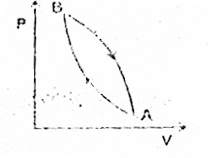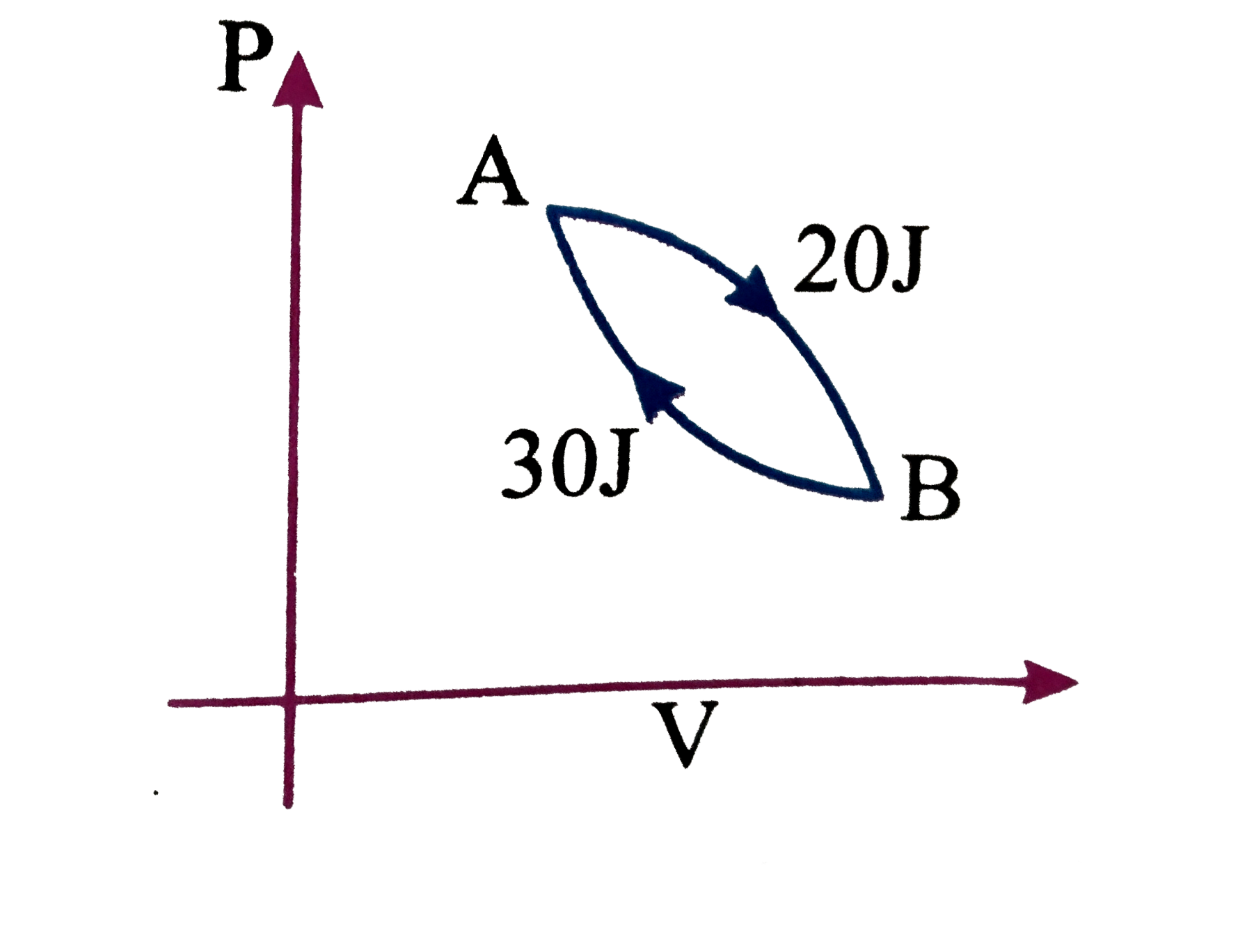when He gas ballon explodes,then process is
Reversible isothermal
irreversible isothermal
reversible adiabatic
irreversible adiabatic
To determine the process that occurs when a helium gas balloon explodes, we can analyze the situation step by step.
1. Understanding the Balloon's Condition:
- A helium gas balloon is filled with helium molecules that are in constant random motion. These molecules collide with each other and with the walls of the balloon, exerting pressure on the walls.
Hint: Consider the behavior of gas molecules in a confined space.
2. Explosion of the Balloon:
- When the balloon explodes, there is a sudden release of gas. This results in a rapid change in pressure, volume, and temperature of the gas.
Hint: Think about what happens to the gas when the balloon is no longer able to contain it.
3. Energy Transfer and Collisions:
- As the balloon bursts, the gas molecules collide with each other and the surrounding environment. The energy from these collisions is transferred, leading to changes in temperature and pressure.
Hint: Focus on the concept of energy transfer during collisions.
4. Heat Transfer Consideration:
- In this scenario, the overall heat of the system remains constant during the explosion. This indicates that there is no heat exchange with the surroundings.
Hint: Recall the definition of an adiabatic process.
5. Identifying the Type of Process:
- Since the heat transfer is zero, we can classify this as an adiabatic process. However, we need to determine whether it is reversible or irreversible.
- A reversible process is one where the system can return to its initial state. In the case of the balloon explosion, once it bursts, the gas cannot be re-contained in the balloon, indicating that the process is irreversible.
Hint: Differentiate between reversible and irreversible processes based on the ability to return to the original state.
6. Conclusion:
- Therefore, when a helium gas balloon explodes, the process is classified as an irreversible adiabatic process.
Final Answer:
The process when a helium gas balloon explodes is an irreversible adiabatic process.
- A helium gas balloon is filled with helium molecules that are in constant random motion. These molecules collide with each other and with the walls of the balloon, exerting pressure on the walls.
- When the balloon explodes, there is a sudden release of gas. This results in a rapid change in pressure, volume, and temperature of the gas.
- As the balloon bursts, the gas molecules collide with each other and the surrounding environment. The energy from these collisions is transferred, leading to changes in temperature and pressure.
- In this scenario, the overall heat of the system remains constant during the explosion. This indicates that there is no heat exchange with the surroundings.
- Since the heat transfer is zero, we can classify this as an adiabatic process. However, we need to determine whether it is reversible or irreversible.
- A reversible process is one where the system can return to its initial state. In the case of the balloon explosion, once it bursts, the gas cannot be re-contained in the balloon, indicating that the process is irreversible.
- Therefore, when a helium gas balloon explodes, the process is classified as an irreversible adiabatic process.
The process when a helium gas balloon explodes is an irreversible adiabatic process.
Similar Questions
A diatomic gas does 100 J of work when it is expanded isobarically. The heat given to the gas during this process is
View SolutionIn a cyclic process shown in the figure an ideal gas is adiabatically taken from A to B the work done on the gas during the process A→B is 80 J, when the gas is taken from B to a the heat absorbed by the gas is 40 J. What will be work done by the gas in process B→A?

View Solution
Knowledge Check
When the gas is ideal and process is isothermal, then
AP1V1=P2V2BΔU=0CΔW=0DΔH1=ΔH2Statement 1: Heat supplied to a gas is process is 100 J and work done by the gas in the same process is 120 J, then pressure of he gas in the process should increase.
because
Statement2: Work done by the gas is greater than the heat supplied to the gas. Hence, internal energy of the gas should decrease.AStatement -1 is true, Statement -2, is true, Statement-2 is a correct explanation for statement-1.BStatement -1 is true, Statement -2 is true, Statement -2 isnot a correct explanation for statement -1CStatement -1 is true, Statement -2 is false.DStatement -1 is false, Statement -2 is true.In a cyclic process shown in the figure an ideal gas is adial gas is adiabatically taken from BtoA, the work done on the gas during the process BtoA is 30,J when the gas is taken from A to B the heat absorbed by the gas is 20J Then change in internat energy of the gas in the process A to B is :
 A20JB−30JC50JD−10J
A20JB−30JC50JD−10J
A diatomic gas (γ = 1.4) does 300 J work when it is expanded isobarically. The heat given to the gas in this process is
View SolutionIn a cyclic process shown in the figure an ideal gas is adiabatically taken from BtoA, the work done on the gas during the process BtoA is 30,J when the gas is taken from A to B the heat absorbed by the gas is 20J Then change in internal energy of the gas in the process A to B is :

View SolutionIn contact process, the gas produced is
View SolutionWhen heat is supplied to an ideal gas in isothermal process, the
View SolutionA diatomic gas does 80 J of work when expanded isobarically. The heat given to the gas during this process is
View Solution
